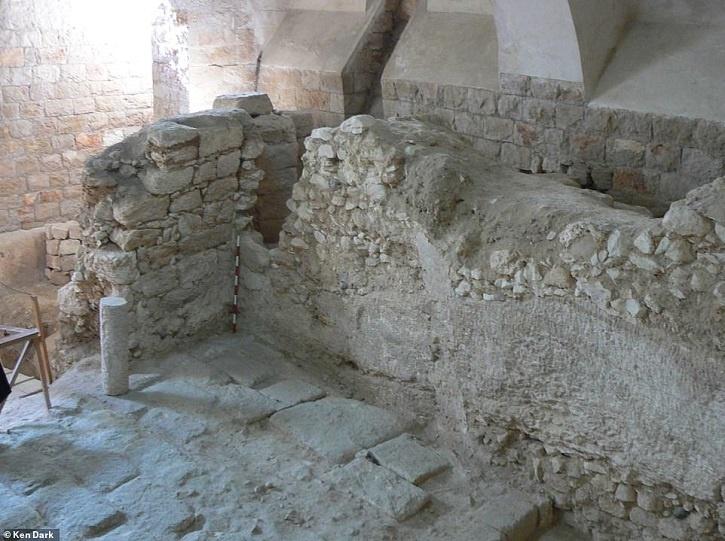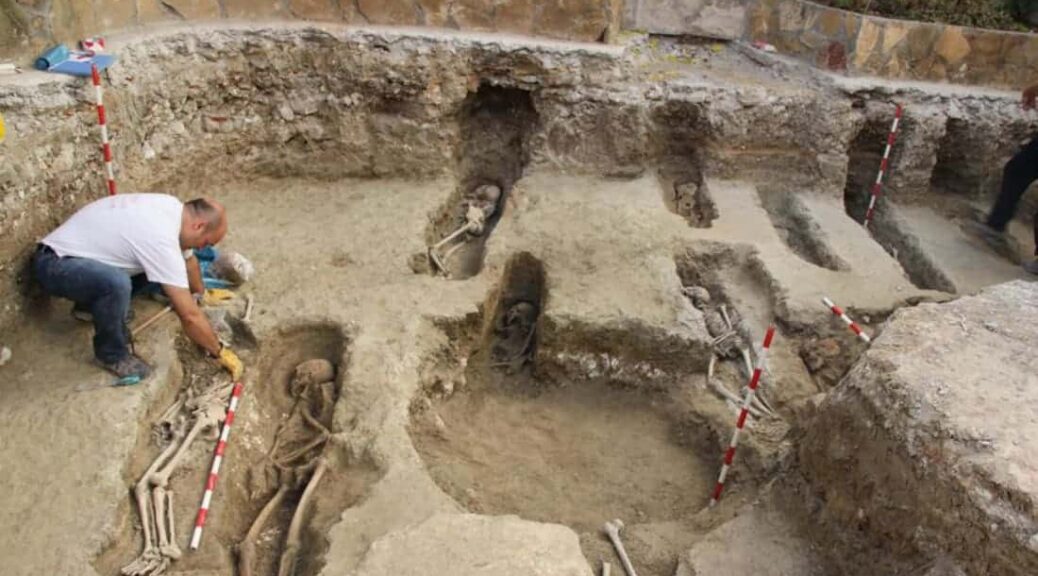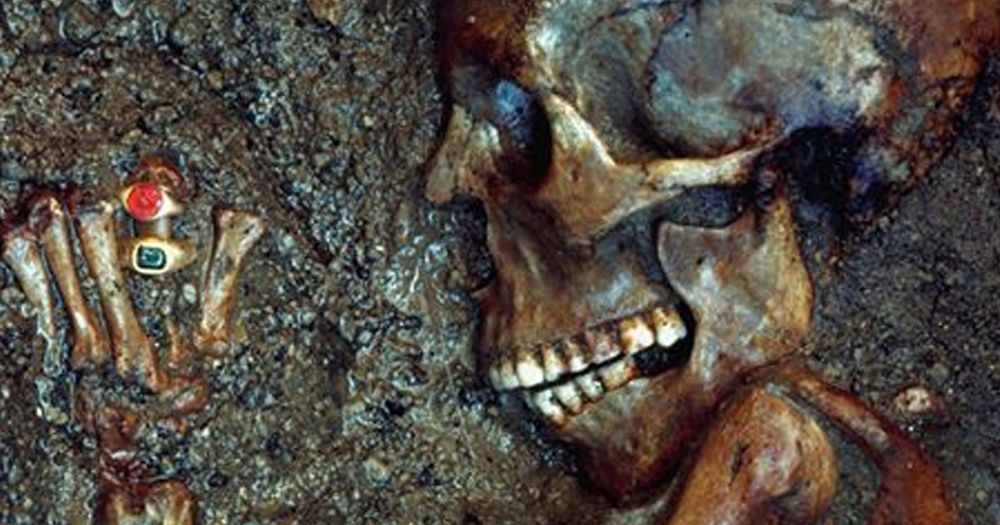‘Oldest tattoo’ found on 3,000-year-old Egyptian mummies
The village of Deir el-Medina in ancient Egypt, 3,000 years ago, housed a community of artisans, all of whom lived and worked together on tombs in the Kings’ Valley. But new evidence has emerged that tombs were not their only creative outlet.
A number of tattoos on the previously unstudied mummified bodies of seven women have been discovered by infrared imaging. The ink was scattered across their bodies, with a range of different motifs.
This is evidence that in ancient Egypt, the art of tattooing might have been more common than we understood, according to University of Missouri anthropologist Anne Austin. At the American Schools of Oriental Science annual meeting in November, she discussed her findings.
The work has been several years in the making. It started in 2014 when Austin and her colleague Cedric Gobeil noticed markings on the neck of a female Deir el-Medina mummy. Closer inspection revealed that the marks were not, as she first thought, painted on – they were tattoos.
But, as we saw with the 5,000-year-old mummies from Gebelein, which had been sitting in a museum for over 100 years before their tattoos were discovered, tattoos on mummies aren’t always easy to see.
Mummified skin becomes discoloured and darkened, especially with mummification resins added to the mix; and tattoos can lighten over time.
Such hidden tattoos can, however, be revealed with infrared photography, which works in wavelengths usually invisible to the human eye.
So, that’s what the researchers did. On that initial female mummy, they catalogued a whopping 30 tattoos, most of which would not have been hidden by clothing, and would have required a second person to perform the tattooing – placed on the neck, back, and behind the shoulders.
The subject of the tattoos included sacred motifs such as Wadjet eyes, baboons, cobras, cows, scarab beetles, and lotus flowers. This combination of motifs and visibility led the researchers to the conclusion that the woman could have been a healer or a priestess of some kind.
But that mummy was just the first. By 2016, Austin had identified three more tattooed mummies from Deir el-Medina. Now, as reported by Science News, she’s added another three to that count, bringing the total to seven.
“The distribution, display, and content of these tattoos reveal how they were used both in religious practice and to forge permanent, public identities,” Austin wrote in her abstract.
“The extensive tattoos on one female mummy demonstrates the use of tattoos for identifying and enabling this woman to act as a key religious practitioner to the Deir el-Medina community. Additional tattoos found and analysed during the 2016 and 2020 seasons using infrared photography indicate that many more individuals were likely tattooed at Deir el-Medina.”
This is pretty significant. Although evidence for tattooing exists in the archaeological record from ancient Egypt, it’s primarily in art and figurines. Actual mummies that have tattoos have been found rarely; in addition to the seven Deir el-Medina mummies, only six other tattooed Egyptian mummies have been identified.
What this research shows is that maybe we haven’t been looking with the right tools.
It also shows that – just like people who get tattooed today – maybe there’s no one single reason the ancient Egyptians tattooed themselves. In addition to the woman’s inferred religious role, some of the motifs on the other mummies suggest healing or protection. (And, well, maybe they just thought the ink looked badass.)
Tattoos have been found on other mummies around the world. The Siberian Ice Maiden and unnamed warrior who died 2,500 years ago on the Ukok Plateau, for instance, had tattoos that anthropologists think signified age and status.
And evidence suggests the 61 tattoos found on Ötzi the Iceman, a mummified man who lived in Europe between 3400 and 3100 BCE, could have been a form of prehistoric acupuncture.
We can learn more about the tattooing practices of ancient Egypt by uncovering more tattooed mummies. And who knows – maybe they’re already sitting in museums, waiting for someone with an infrared camera to find them.
























